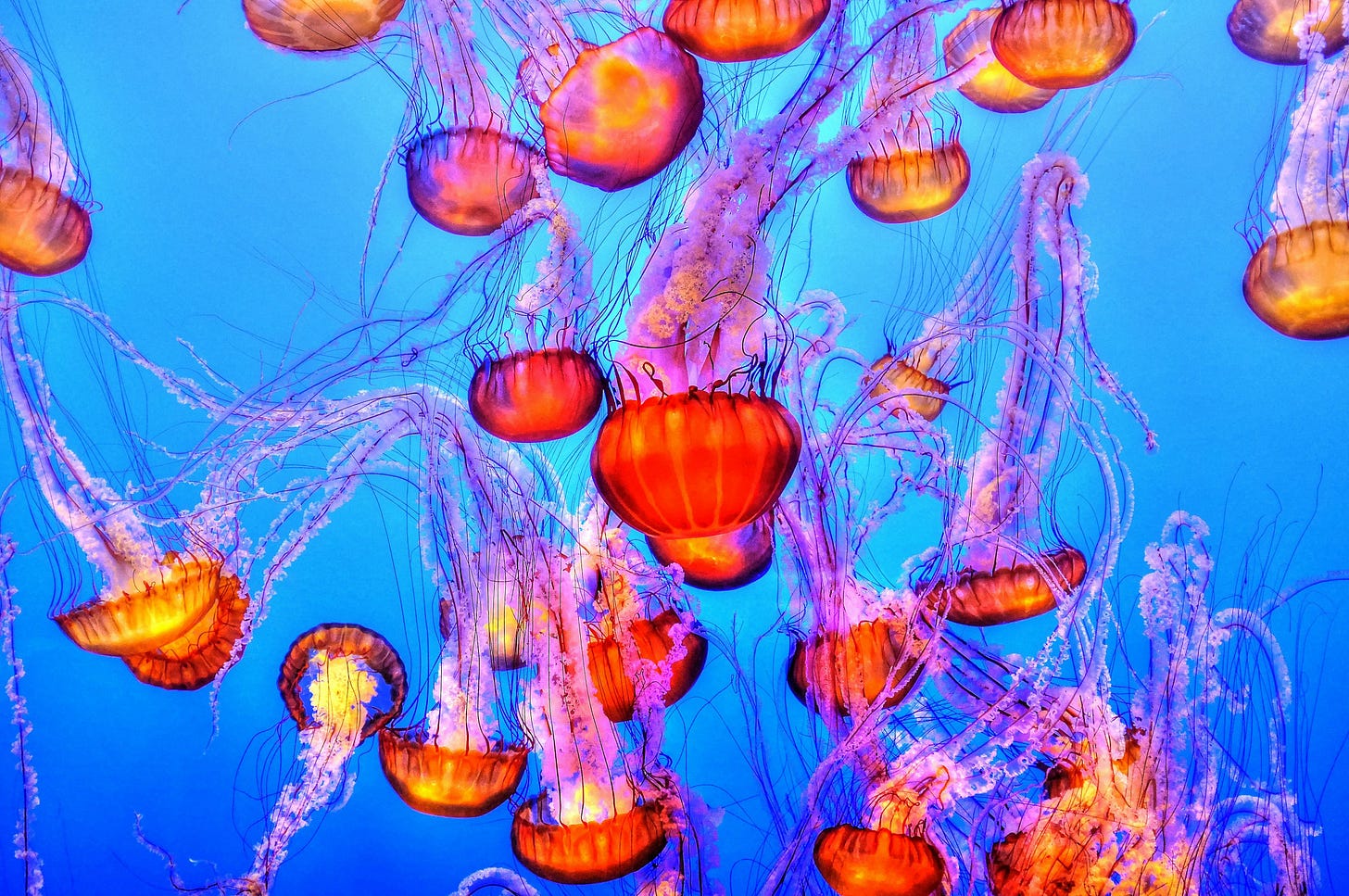Nervous System Mastery: Fear, cognitive rigidity and remembering there are alternative ways

I attended the anti fascism rally last week. With the current divisive, hate fuelled climate I have been thinking a lot about how the nervous system can respond in so many different ways to fear and hypocrisy. A big easy example to share: Many large organisations, both private and public have their mission statements/values clearly marked out along with their diversity, equity and inclusion frameworks embedded but yet remain silent in the face of fascism and genocide. Obviously, beyond financial ‘justification’ there are many reasons for this at an individual and collective level such as cognitive rigidity possibly underpinned by fear and energy conservation.
Fear causes many physiological responses preventing us from seeing a bigger, long term picture. We can become caught in a short term cycle of survival both in a physical and psychological sense. Our mobile phones, immediacy and 24hr information (& misinformation) addictions are fuelling this with polarisation intensifying. A recent publication carried out by researchers in Amsterdam modelled a social network entirely populated by AI -powered chatbots. They found that even the AI powered chatbots quickly establish opposing packs and magnify extremes. Also it mirrored the real world, with a small ‘elite’ group dominating, much like the billionaire world order. Ultimately, in the short term remaining in an echo chamber conserves energy, no learning or growth has to take place. Also it insulates us against rejection and vulnerability, again this plays to the brains main strength of keeping us ‘alive/safe’ in the the moment (at both a physical and psychological level). But this perpetual ‘shortermist approach’ is failing future generations and the planet.
Lets look at some approaches that are easily overlooked but yet positively challenge our current trajectory:
Embracing collective knowledge (action & intelligence) and cumulative culture. The former is concerned with collective knowledge among groups of individuals- ‘phenomena in which significantly more is achieved by the collective than is possible for any one individual alone’.
The exposure of collective knowledge has been studied across populations of animals, humans and machines. Examples include, ‘consensus decision-making’, ’the wisdom of the hive’, ‘emergent sensing’, ’collective brain’ and ‘‘collective intentionality’. Within artificial intelligence research an example is ‘swarm robotics’ and there is also, of course, a fusion of human and machine: the collective intelligence generated through largescale human–machine interactions.
The second area of interest: cumulative culture requires the forming and dissemination of traditions through social learning. Cumulative culture requires two qualitative approaches - instrumental, such as how to keep warm in the winter, the introduction and evolution of tools ( the first stone tool dates back 3.3million years ago) enhancing our ability to hunt, eat and clothe ourselves. The second approach is social convention (how to perform a ceremonial dance or coming of age ritual). We acquire such ability through imitation and conformity. Culture has often been described as a unique feature of being human but animal and machine observations indicate otherwise.
The key point is living beings and even machines collectively build upon shared knowledge transmission over time. Human expansion relied upon cumulative culture to enable us to thrive in such diverse habitats from the tropics to the tundra regions. We are complex multidimensional beings who often forget our biological and psychological journey to this current point.
We also forget our need for synchronicity with nature
Going beyond the one dimensional ‘westernised’ culture currently based on individualism and shorttermism would benefit humans and the natural world. A recent positive example includes utilising legal personhood, (which allows an entity to exist in the legal system by entering contracts etc.) Usually this process is limited to human beings and corporations. But the concept is also being applied to non human entities. The Whanganui River in New Zealand and the Komi Memem River in Brazil have been granted this status. Viewing and respecting nature as living entities can remind us we are not superior to it. This in turn may help to ease the spread of cognitive rigidity and ‘anxiety existing’ as many different wonderful cultures around the world evidence.
Even jellyfish (pictured) prove you don’t need a highly developed brain to learn individually, its remembering to challenge and question what & why we are being taught and who does it benefit not just in the short term but the long term?!

